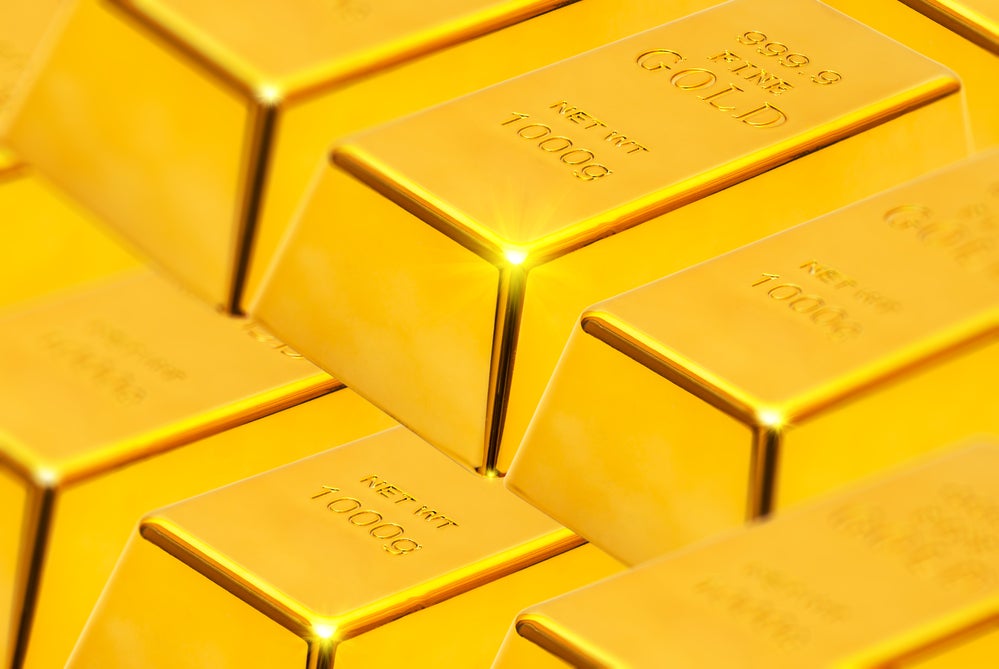
June
24, 2021
5 min read
This story originally appeared on MarketBeat
It’s important to take the emotion out of your investing decisions. And that’s a great starting point for a conversation about investing in precious metals.
There’s a lot of emotion about equities in 2021. Is inflation really a problem? If so, will the Federal Reserve raise interest rates sooner than expected? What bubbles have deflated? What bubbles are only now forming?
Trying to divine the answers to these and other questions is the cause of many poor investment decisions. While you may believe you’re being reactive, you’re in fact reacting to what you think (or fear) is going to happen.
And that’s why precious metals warrant a place in your portfolio. The idea behind precious metals is that they generally have a low correlation with the stock market. And, in times of market volatility, precious metals like gold and silver tend to hold their value very well.
However, as rational as those reasons sound, investing in precious metals is a source of debate among many investors. Some investors have a large amount of their portfolio in precious metals. Other investors believe precious metals have no place in any portfolio.
We’re not advocating for one extreme of the other. We are saying that precious metals merit at least a small position in most portfolios. The purpose of this article is to give you a few practical strategies to get you started in precious metals.
What Are Precious Metals?
As a primer, precious metals are rare metals that have a high economic value. This high value is based on factors like scarcity, high demand in industrial processes, and their function as a store of value. For investing purposes, the four most common precious metals are gold, silver, platinum, and palladium.
How to Invest in Precious Metals
Buy the Physical Metal – For the uninitiated, yes this is exactly what it means. Buying gold or silver coins, bars, etc. This gives you a physical asset you own outside of the traditional financial system. And it takes away the counterparty risk of investing. This simply means that other investments are subject to the risk of another party failing to meet their obligations.
Buying the physical metal requires a good understanding of what the current spot price for the metal is at the time of purchase. Paying too high of a premium for the physical metal can make it difficult to get your initial investment back.
Invest in a Precious Metals Exchange-Traded Fund (ETF) – Buying physical metal has limitations. One of which is that investors need a way to store the metals. This makes exchange-traded funds (ETFs) an attractive option. The primary advantage to investing in precious metals via an ETF is liquidity. Simply put, you can buy and sell shares through your brokerage account. It’s convenient and generally less expensive.
However, a disadvantage to investing in precious metals through an ETF is that you don’t own the physical metal and you have no claim to the physical metal owned by the fund.
Buy Shares of Mining Stocks – A third option is to buy shares of companies that are involved in the mining of precious metals. This is a “picks and shovels” way to invest in precious metals. However, like investing in an ETF, you are not taking ownership in the physical metal.
Trading Precious Metals on the Futures Market
Options trading has become extremely popular with retail investors. And precious metals are no exception. However, as with all options trading, the reward of an outsize gain must be weighed against the possiblity that you could lose your entire investment, which goes against the entire premise of investing in precious metals.
Limitations of Investing in Precious Metals
There are two primary limitations that investors need to consider when investing in precious metals. The first is that precious metals are commodities. And that means you’re buying them at one moment in time with the expectation that you can sell them for a higher price in the future. And while they do tend to hold their long-term value against inflation, they don’t produce any cash flow (like many growth stocks) or interest (like bonds).
The other limitation is transaction costs. When you buy precious metals, the company buying the metal at wholesale prices will make a profit by selling it at retail prices. Investors may also incur shipping costs. Plus, there will be costs associated with storing metals.
Investing in ETFs carries less risk, but there are expense ratios to consider.
The Final Word on Investing in Precious Metals
There is a lot of emotion in the rhetoric of investing in precious metals. But investing in this asset class can take the emotion out of your investing decisions.
The exact allocation you have will be specific to your circumstances. Putting too much in precious metals will leave you at risk of not capitalizing on the gains that are available in other asset classes. However, not having any or too little exposure to precious metals can leave your portfolio subject to a higher risk than necessary.
Featured Article: What is Blockchain?




